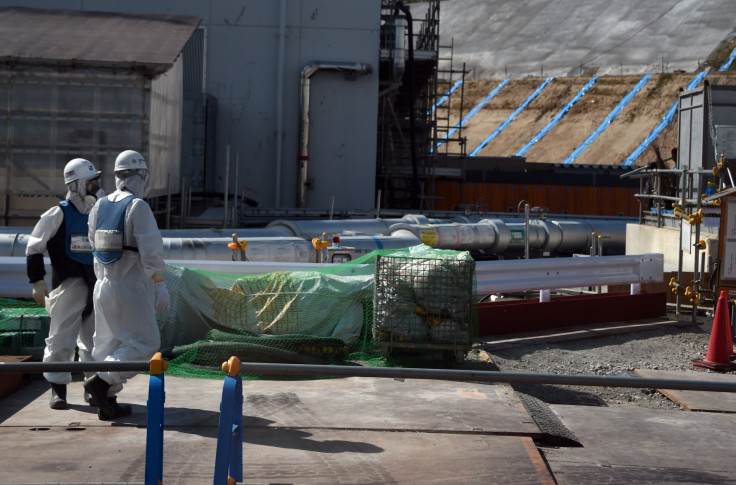Japan's 2011 Nuclear Disaster Radiation Has Spread To North American Shores

Scientists studying and monitoring the spread of nuclear radiation from Japan's 2011 Fukushima nuclear disaster have confirmed that it has spread to certain identified locations along the U.S. West Coast. However, the levels are still too low to affect human or marine life.
During the investigation, the scientists tested hundreds of samples of water along the North American shores. The chemical tests confirmed that Japan's Fukushima nuclear power plant is still releasing radioactive isotopes into the water, even after four years of the accident.
The signs of contamination observed by the researchers include the highest detected level to date from a sample collected about 1,600 miles west of San Francisco, Phys.org reported. According to the scientists, the levels of radioactive cesium isotopes in the sample of water collected is almost 50 percent higher than other samples collected along the West Coast.
But, there is nothing to worry about. The radioactive cesium levels are still 500 times lower than the safety limits for drinking water, as prescribed by the U.S. government. In addition, the contamination level is well below the maximum allowed limit for direct exposure while boating, swimming or any other activity.
"Despite the fact that the levels of contamination off our shores remain well below government-established safety limits for human health or to marine life, the changing values underscore the need to more closely monitor contamination levels across the Pacific," said marine radiochemist Ken Buesseler, in an interview with Reuters.
A massive earthquake in March 2011 triggered a tsunami that devastated Japan's Fukushima nuclear plant. The impact caused triple nuclear meltdown which forced 160,000 residents to evacuate the nearby towns.
© Copyright IBTimes 2024. All rights reserved.











